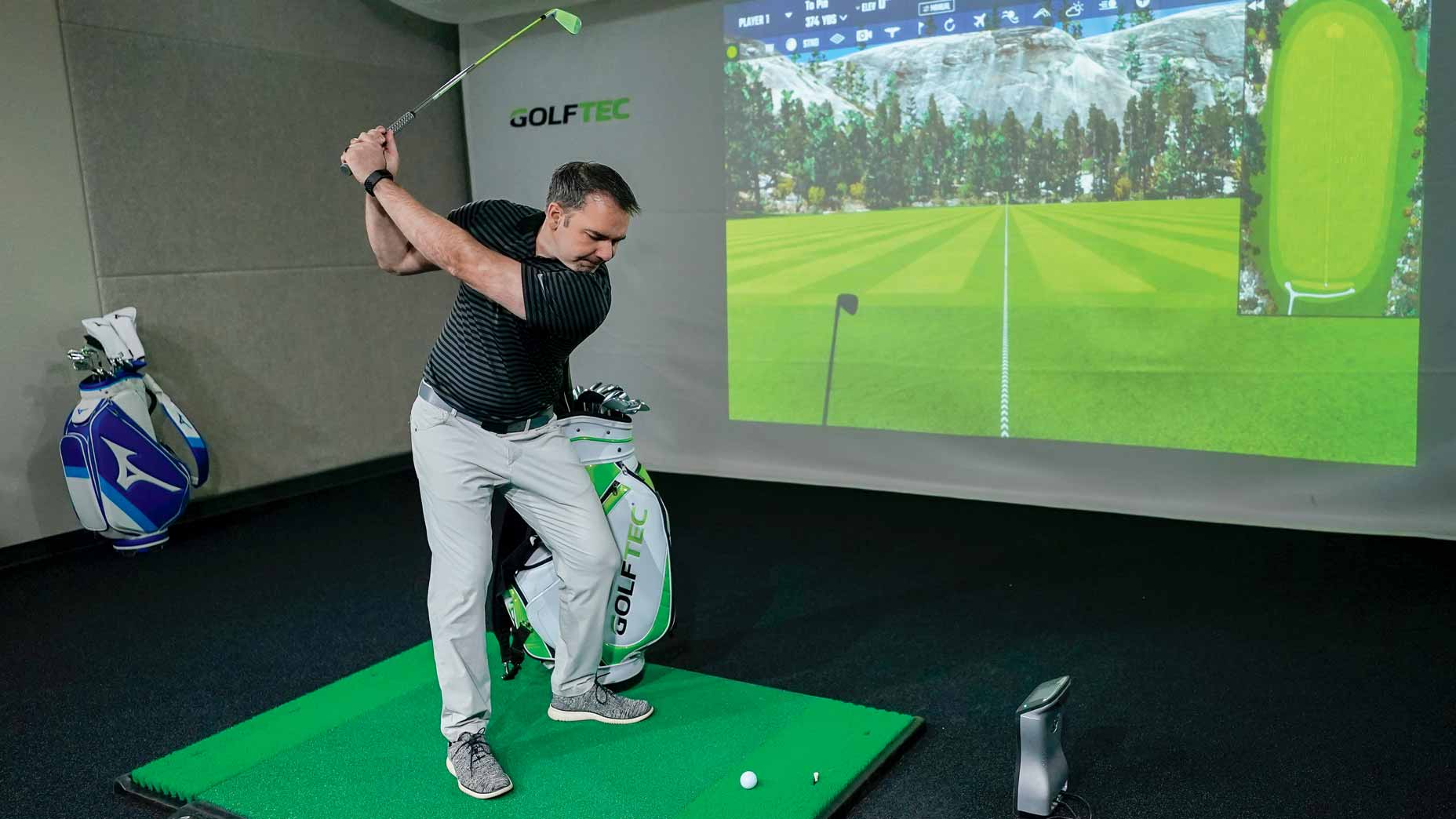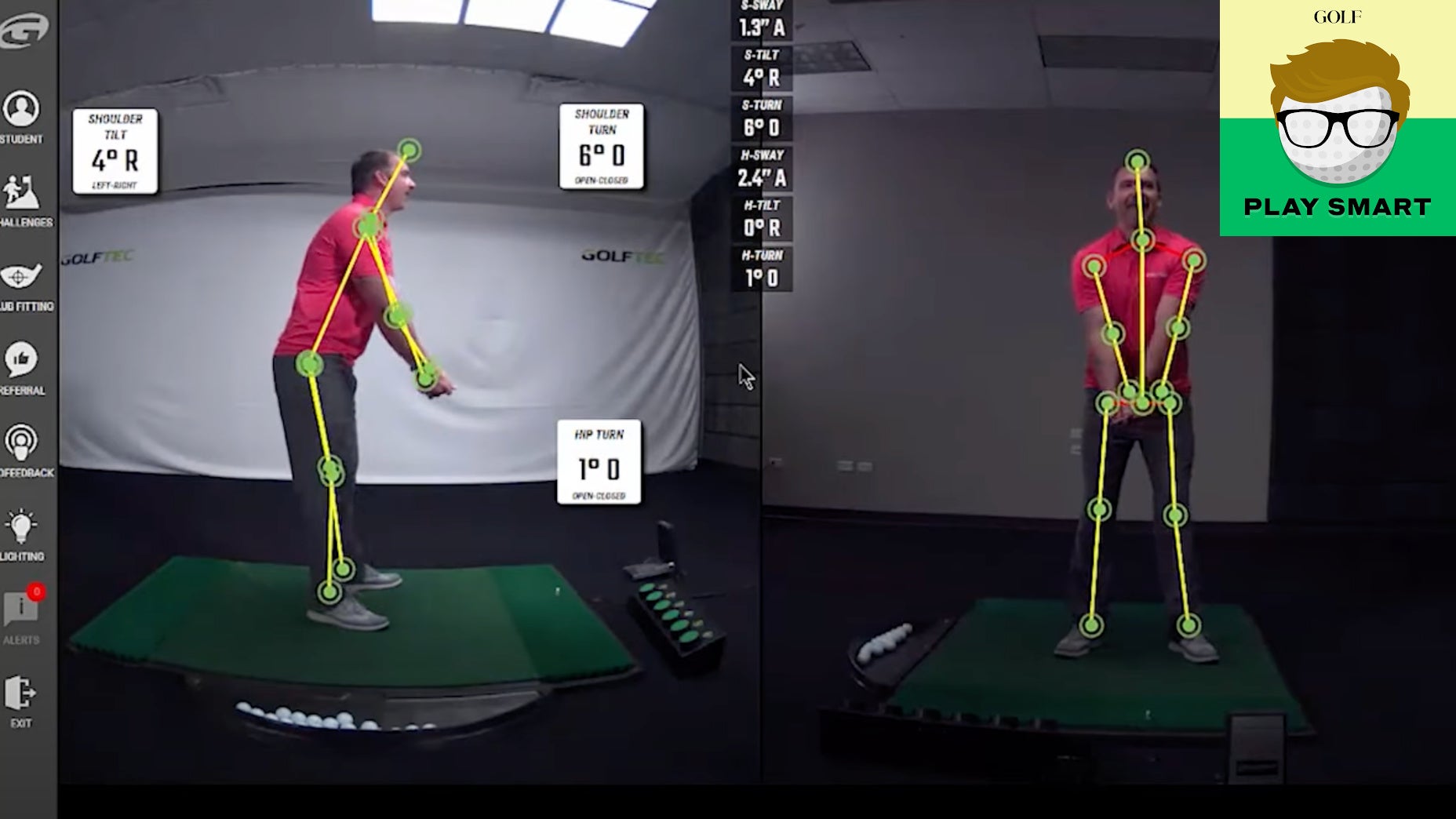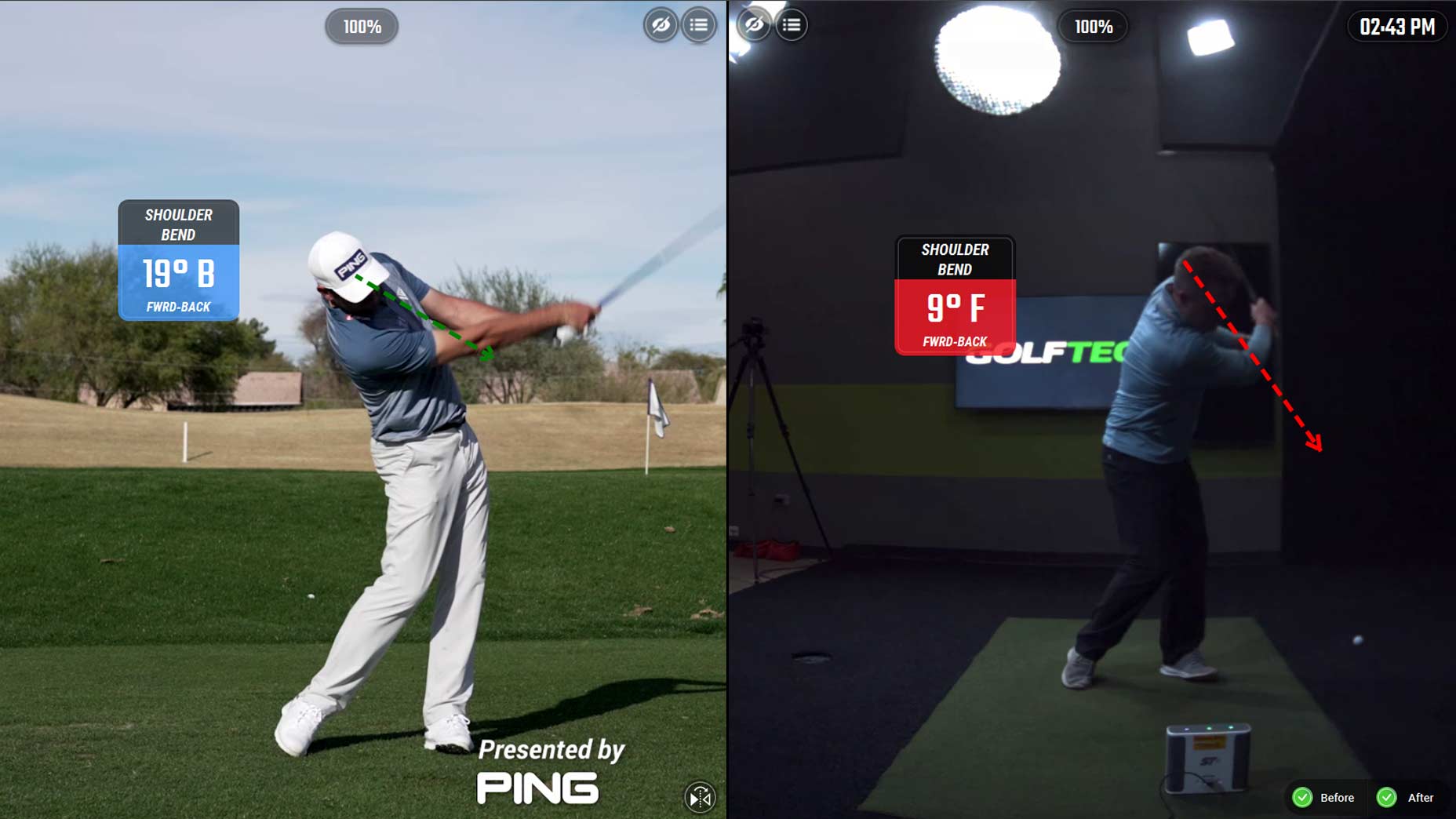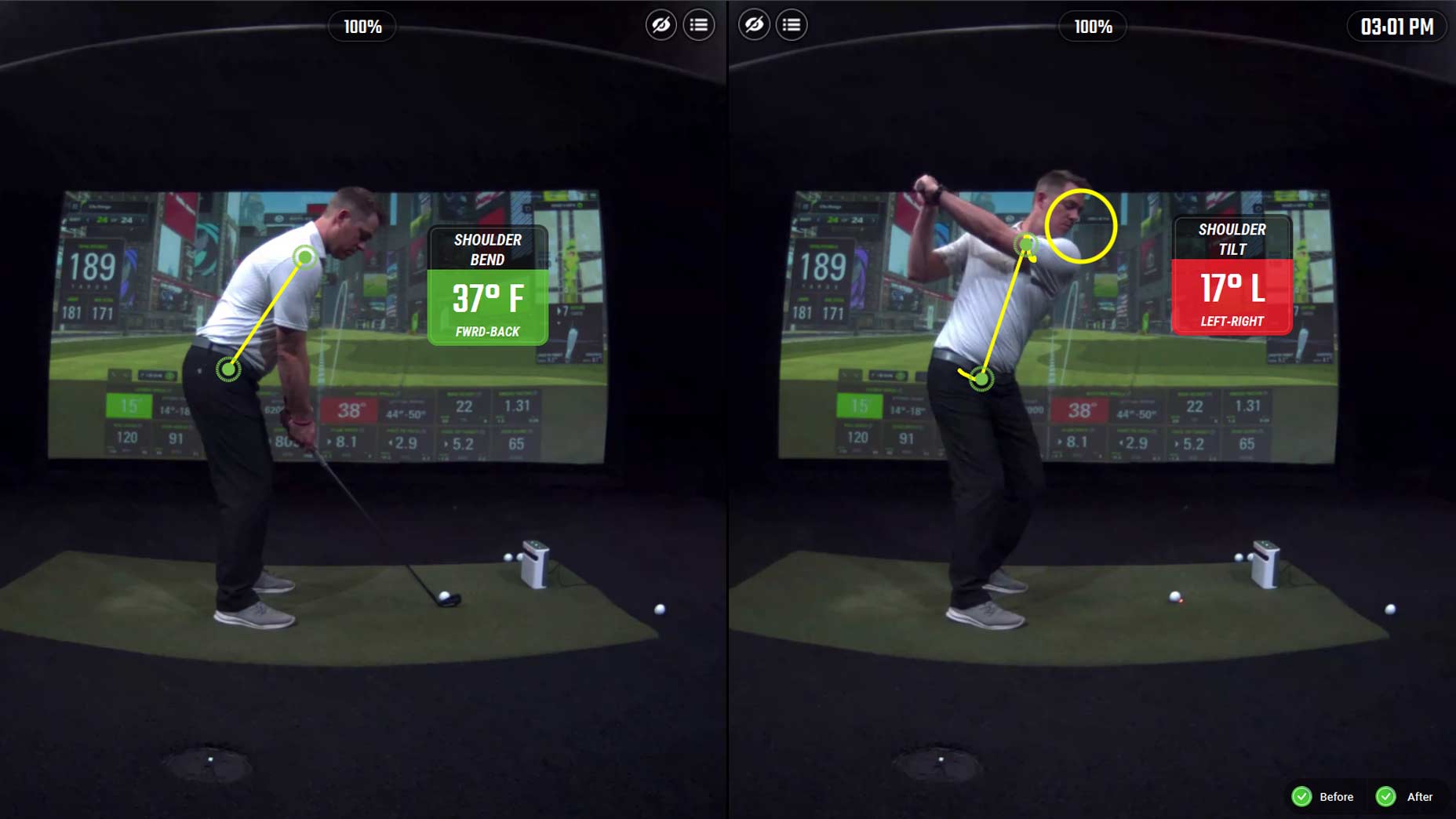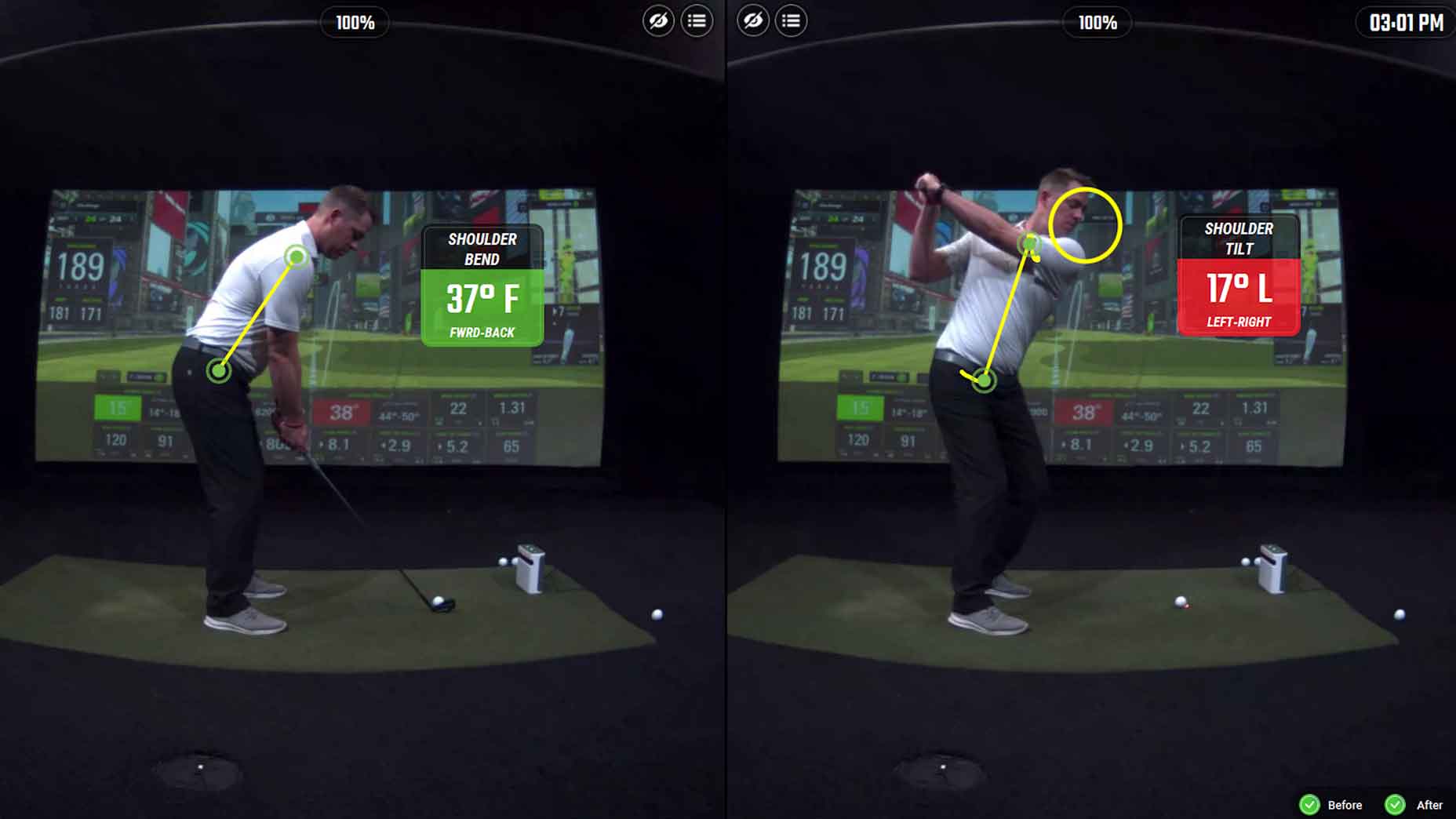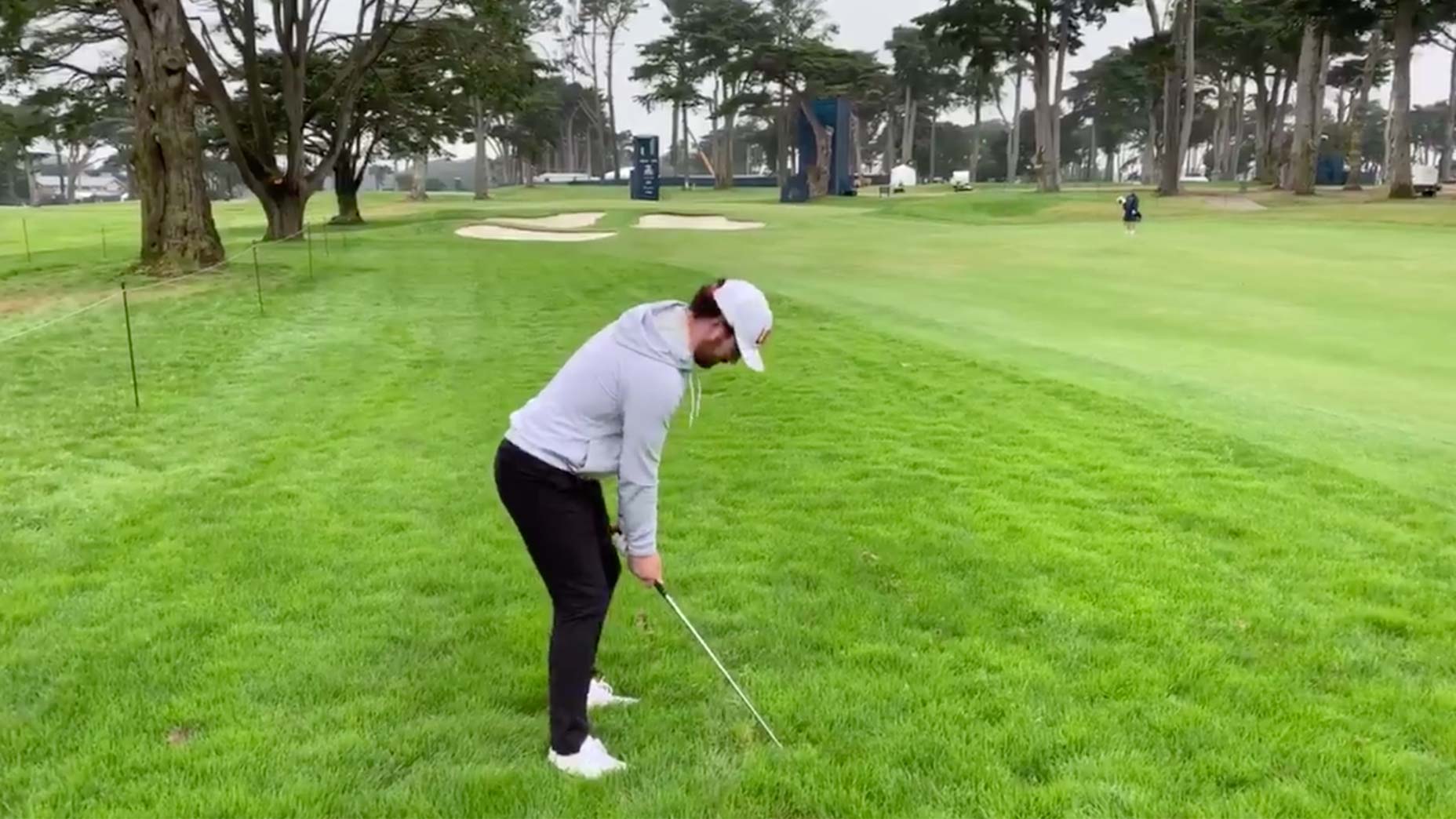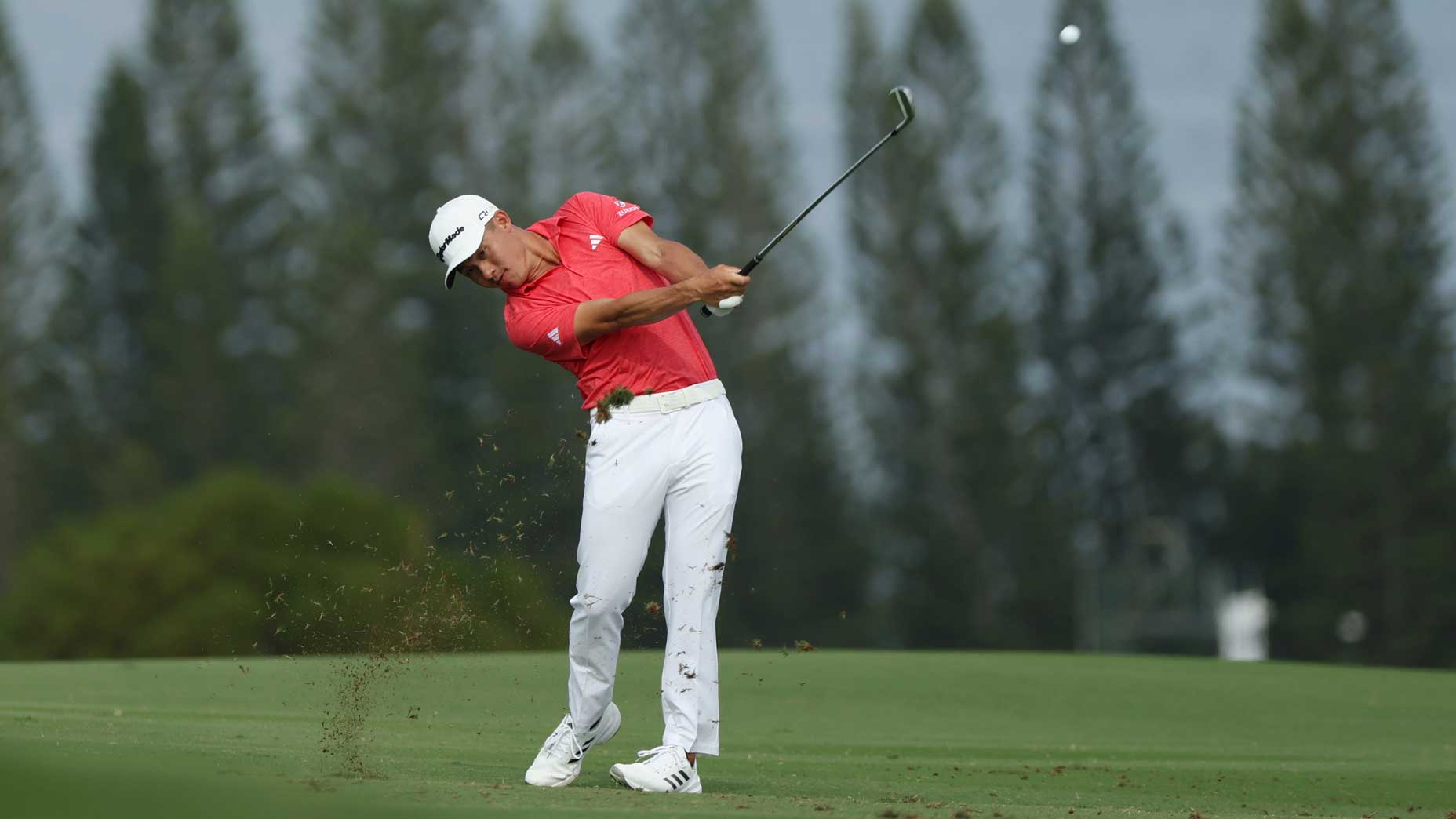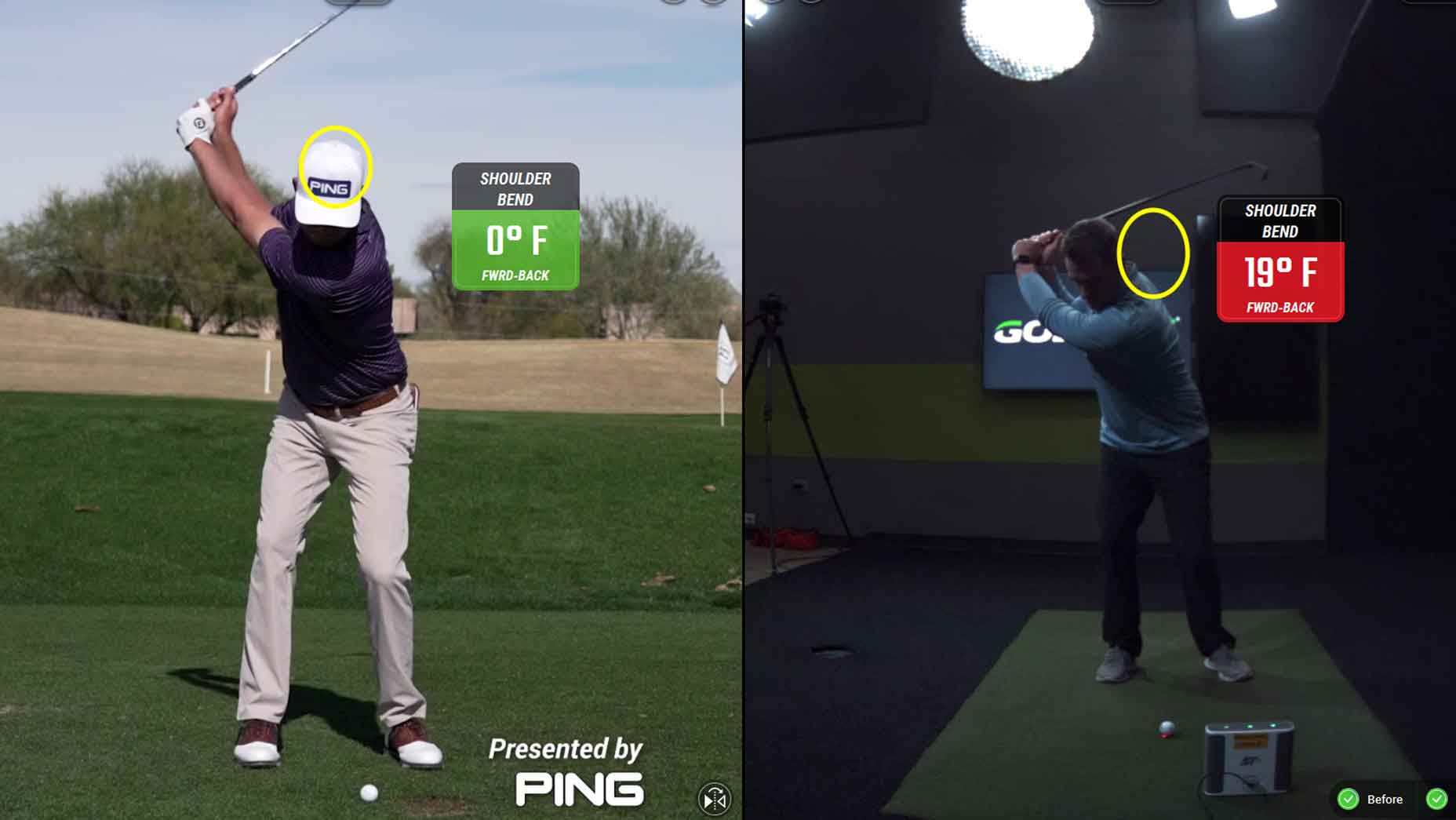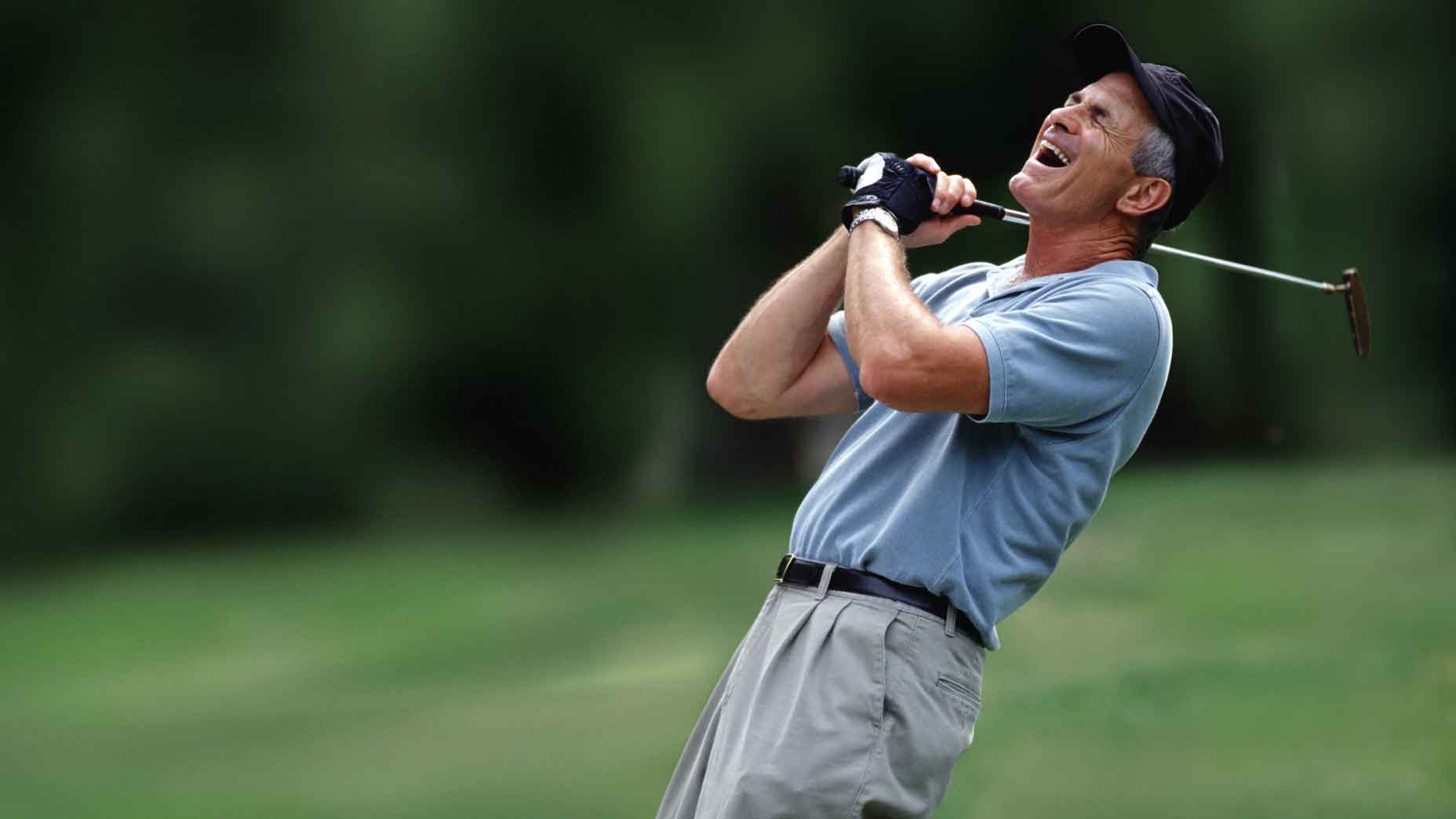Welcome to the final installment of our three-part series on how to get the most out of golf lessons. In Part 1, we explained how to book lessons and find a teacher with whom you connect. In Part 2, we highlighted the importance of consistent training and practice. Here, with the help of GOLF.com’s instruction partner, GOLFTEC, we break down which launch-monitor data matters most.
***
Launch monitor technology has transformed golf instruction. The best part? An analytical X-ray of your swing. The worst part? The numbers aren’t always pretty, or easy to process. That’s where you need an expert who can cut through the tsunami of statistics to figure out which to focus on improving and in what order.
2 important golf-swing metrics that are about to become easier to measureBy: Luke Kerr-Dineen
“If I present the information I have all at once to the student, that will create problems,” said Kevin Tanner, a PGA Master Professional and GOLFTEC regional manager in Bethesda, Md. “My job, and the job of any instructor, is to decipher that info, determine priorities and then present it to the student.”
Keep in mind that few pieces of information will make or break your game. While generating 120 mph of clubhead speed might sound impressive, it’s not all that useful if you can’t break 100 or your ball is 25 yards offline.
So, which numbers matter the most?
Clubface angle to swing path relationship
No offense to Mr. DeChambeau, but set aside clubhead speed right off the bat.
“For some reason everyone’s concerned with that during lessons,” Tanner said. “Ninety percent of my students will ask about why their clubhead seems really low. But it’s a very small portion of the equation.”
Focus instead on the clubface angle to swing path relationship. Think of the clubface as the king and the path as the queen, Tanner said.
“If the face is aimed in the wrong direction — say, 25 degrees to the left — the ball will go left. That would need to be fixed. But without the support of the queen, the king becomes useless.”
The proper path can also add distance.
“Having the clubface in a more closed position to path makes for a more efficient strike with less dynamic loft, so the ball is going to go farther,” Tanner said. “People get fixated on higher clubhead speed, but that often leads to an open clubface which sends the ball higher and further to the right.”
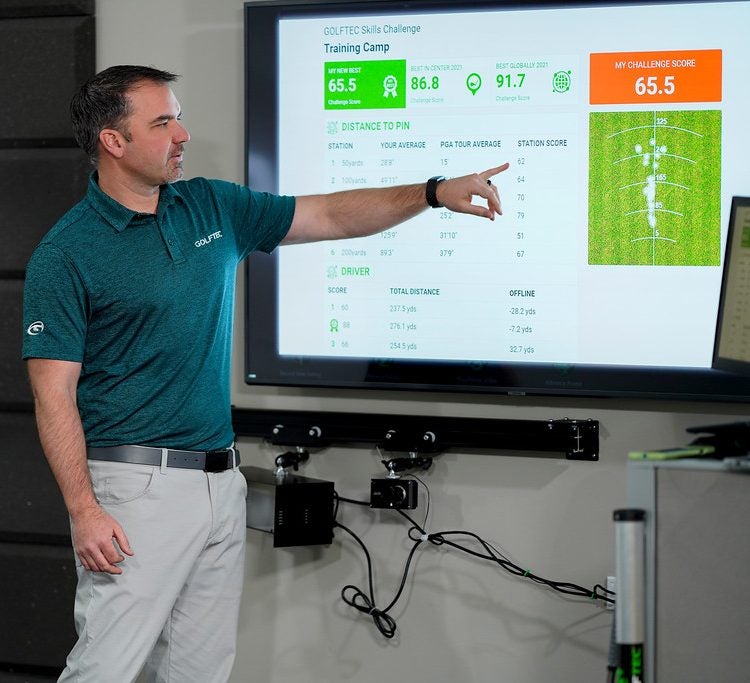
Swing evaluation for GOLF.com readers
Carry distance
Launch angle, spin rate and smash factor are important, but also be sure to focus on carry distance rather than the addictive total distance numbers.
“Most launch monitors are very accurate when measuring the carry distance,” Tanner said. “But total distance is based on an algorithm that assumes how the ball will bounce and roll after landing. Listen to PGA Tour players and they are always talking about the carry number because that sharpens their decision-making out on the course.”
Monitor your improvement
GOLFTEC introduced an indoor Skills Challenge earlier this year using launch monitor information. The process is a fun and useful way to accumulate data on how students hit their shots relative to a green from specific distances using specific clubs.
“We put students through different stations early in the lesson plan enabling them to achieve scores that we can then use to track improvements,” Tanner said. “Pairing that information with our teaching software helps us adjust long-term lesson plans.”
And you might just earn some bragging rights over your fellow students with your enhanced precision numbers.
Pair data with visuals
Seeing your swing on video for the first time can be shocking. But it’s a technological must if you want to get better.
“It’s by far the most important tool of teaching,” Tanner said. “Anyone out there teaching without using video need to give all their fees back to their students.”
Why? Because the camera doesn’t lie.
Instructors want to see two views of your swing: down the line and face on. “You need to be able to see what’s happening in the downswing and also through impact from front view,” Tanner said. The immediate live feedback enables him to discuss what the student felt happened during the swing versus what really happened.
“Being able to match up the feel versus the real is what helps people improve long-term,” Tanner said. “Once an issue is identified on video and you know what that it is, then you can go out and hit balls and feel what is happening. That proves to me as the teacher that I can trust you can go out and hit balls properly. If you never feel it, then you can’t know what is happening.”
Your swing as you’ve never it
Just a couple of weeks ago, GOLFTECH announced it is introducing a new way to capture swings: OptiMotion. Now available in 157 GOLFTEC locations across the country, the first-of-its-kind technology captures 4,000 different data points of a golfer’s swing to create a 3D model. If launch-monitor data and video don’t tell the full story of your swing, OptiMotion will fill in the gaps.
